Dolley Madison and The Mercury 7
On April 9, 1959, the year-old National Aeronautics and Space Administration (NASA) held a press conference to introduce the first-ever American astronauts to the world. The seven military test pilots chosen to make up “The Mercury 7,” Scott Carpenter, Gordon Cooper, John Glenn, Gus Grissom, Wally Schirra, Alan Shepard, and Deke Slayton, sat lined at a table in the ballroom of the first NASA Headquarters in Washington, D.C., as press and public looked on. Although the introduction of astronauts into American culture was historic in itself, the building in which it took place carried a legacy that predated NASA by nearly 140 years. Namely, the building NASA acquired as its first residence in the District was the longtime home of the lively and revered first lady, Dolley Madison. The story of how NASA came to reside in a house once occupied by the wife of the fourth President begins in 1793.
In 1793, a man named Samuel Davidson purchased a few plots of land in present-day Lafayette Square from U.S. Commissioners.[1] Upon Davidson’s death in 1805, the land was divided among his three children, who maintained it until Massachusetts Congressmen Richard Cutts purchased the land in 1818.[2] Cutts sought to build a house for himself and his wife, Anna, who happened to be Dolley Madison’s sister. Construction of this two-story home was completed in 1820 and became one of the first structures to break up the open land across from the White House. Cutts, who was appointed as Second Comptroller of the Treasury from 1817 to 1829, ironically had a difficult time managing his own expenses and fell into debt.[3] In an effort to assist his brother-in-law, now former-President James Madison hesitantly purchased the H Street house and its adjacent lots from the bank in 1828 for “$5,750 plus interest, to be paid in four equal installments over four years.”[4] The Madisons allowed the Cutts family to continue living in the home, with Richard Cutts paying rent to James Madison while the Madisons resided in their Virginia country home, Montpelier.[5]
Before his death in June 1836, James Madison wrote in his will that his “house and lot or lots in the city of Washington” be given to his “beloved wife and her heirs,” thereby passing ownership of the Lafayette Square home to Dolley.[6] In November of 1837, Dolley moved into the house to reduce her expenses and lived between the D.C. house and Montpelier off and on until finally selling the estate at Montpelier in 1844 and returning to Washington full time.
While Dolley Madison was First Lady, she was known for being a great hostess and generally lively personality. It was not unusual for former Presidents, legislators, soldiers, and friends to frequently call on her at her new residence, located just hundreds of feet from the White House. Dolley’s house became a vibrant constant in the Washington social scene until her death in 1849.[7]
At the time of her death, ownership of the house passed to her only son John Payne Todd. In 1851, Todd sold the house to prominent naval officer Charles Wilkes who made a few major structural changes, most notably moving the main entrance of the house to H Street and adding an iron porch on the side of the house facing Lafayette Square (this is important to note as Washingtonians have frequently reported seeing Dolley Madison’s ghost greeting them from a rocking chair on this porch, despite its nonexistence during her tenure).[8]
During the Civil War, Major General George McClellan occupied the house for a short time, making it a convenient place to discuss military matters with President Lincoln, despite their distrust and disdain of one another.[9] When McClellan left the residence in October 1861 for a building across the street, the mortgage and ownership of the house passed amongst a few people off and on, primarily staying with the Wilkes.[10]
In 1886, the Wilkes family sold the building to the Cosmos Club, giving Dolley Madison’s house its first connection to space and aviation in the years to come. The Cosmos Club, founded in 1878 by American explorer and geologist, John Wesley Powell, is an exclusive club for “women and men distinguished in science, literature, the arts, a learned profession or public service,” and a common theme among members is related to “scholarship, creative genius, or intellectual distinction.”[11] On occasion, those who exhibited these qualities would be invited to stay or dine in the Club building, and the Wright Brothers, generally credited with being the inventors of aviation, were among guests who did just this in 1909 before receiving medals from President Taft.[12]
The Cosmos Club resided in the Dolley Madison House, among four other locations, until 1952 when it permanently relocated to a building on Massachusetts Avenue. Throughout its tenure, the Cosmos Club welcomed hundreds more distinguished guests to the residence, only adding to the list of historical A-listers Dolley Madison once hosted.
Once the Cosmos Club moved, the federal government took over full use of the house, which it purchased from the Club in 1940, seeking to use the space as an expansion for the Treasury.[13] Despite this very intentional purchase, there was no money available to begin a construction project, so the government leased the house back to the Cosmos Club for another 12 years before using the building for various federal agencies beginning in 1952. The most prominent of these was the newly formed space agency, NASA. The Washington Post remarked on the new 1958 tenants:
Dolley Madison, the gay First Lady who stepped a mean minuet, wore outrageous turbans and introduced ice cream to the palpitating White House guests, surely would be delighted with the new tenants in her Lafayette Square mansion. In this still old-fashioned setting, the newest, most improbable Government agency, the National Aeronautics and Space Administration, is digging in.” [14]
NASA, one of the newest and most intriguing government agencies, was officially established by the National Aeronautics and Space Act signed by President Eisenhower on July 29, 1958, and needed a home in Washington, D.C. Since the federal government had previously acquired the Dolley Madison House, this location proved worthwhile of hosting the young space agency and thereby became NASA’s first headquarters.
It is through this long line of residents and hand-changes, that the famous press conference introducing the Mercury 7 astronauts came to take place in the ballroom of Dolley Madison’s former abode on April 9, 1959. The seven military test pilots sat lined at a table, adorned with a royal blue tablecloth and placed directly under the new NASA logo, as they answered countless questions from reporters about their families, preparations, and excitement about their upcoming adventures into space. When asked how many of them were confident that they would return safely to Earth, all seven eagerly raised their hands, the first of many times this group of brave soldiers would inspire Americans of all ages, as the astronauts of comic strips became a reality.[15]
NASA would stay in the Madison House until 1962 and would move from building to building until establishing its own permanent, and current-day headquarters on E Street in 1992. For the 140 years the Dolley Madison House was regularly occupied, it was constantly filled with famous historical figures and countless American heroes, allowing it to link such names as Dolley Madison and John Glenn in the most unexpected of ways.
Footnotes
- ^ Cosmos Club (Washington, D.C.). 1904. The Twenty-Fifth Anniversary of the Founding of the Cosmos Club of Washington, D.C. Washington, D.C.: Cosmos Club. http://archive.org/details/twentyfifthanniv00cosm. 127-128.
- ^ Ibid.
- ^ “Founders Online: Madison and Richard Cutts’s Financial Difficulties: Editorial Note.” n.d. National Archives. http://founders.archives.gov/documents/Madison/04-02-02-0022-0001.
- ^ Ibid.
- ^ Ibid.
- ^ Cosmos Club (Washington, D.C.). 1904. The Twenty-Fifth Anniversary of the Founding of the Cosmos Club of Washington, D.C. Washington, D.C.: Cosmos Club. http://archive.org/details/twentyfifthanniv00cosm. 127-128.
- ^ “The Dolley Madison House on Lafayette Square.” n.d. WHHA (En-US). Accessed July 15, 2019. https://www.whitehousehistory.org/dolley-madison-house-on-lafayette-squ….
- ^ Cosmos Club (Washington, D.C.). 1904. The Twenty-Fifth Anniversary of the Founding of the Cosmos Club of Washington, D.C. Washington, D.C.: Cosmos Club. http://archive.org/details/twentyfifthanniv00cosm. 127-128.
- ^ “The Dolley Madison House on Lafayette Square.” n.d. WHHA (En-US). Accessed July 15, 2019. https://www.whitehousehistory.org/dolley-madison-house-on-lafayette-squ….
- ^ Cosmos Club (Washington, D.C.). 1904. The Twenty-Fifth Anniversary of the Founding of the Cosmos Club of Washington, D.C. Washington, D.C.: Cosmos Club. http://archive.org/details/twentyfifthanniv00cosm. 127-128.
- ^ “Cosmos Club > About the Club.” n.d. Accessed July 25, 2019. https://www.cosmosclub.org/About-the-Club.
- ^ “Wright Brothers Stories | Honoring the Wright Brothers — Page 3.” n.d. Accessed August 1, 2019. https://wrightstories.com/articles/honoring-the-wright-brothers/page/3/.
- ^ “The Dolley Madison House on Lafayette Square.” n.d. WHHA (En-US). Accessed July 15, 2019. https://www.whitehousehistory.org/dolley-madison-house-on-lafayette-squ….
- ^ Thayer, Mary Van Rensselaer. 1958. “Dolley’s Delight Would Be New ‘Space’ Tenants: Onward to the Moon From Madison House.” The Washington Post and Times Herald (1954-1959); Washington, D.C., October 5, 1958, sec. for and about WOMEN. http://search.proquest.com/hnpwashingtonpost/docview/149074059/abstract….
- ^ Mercury Astronauts, Presentation at a Press Conference, April 9, 1959, Part. 1 - YouTube. 1959. https://www.youtube.com/watch?v=d7WzC9BN2Dc.


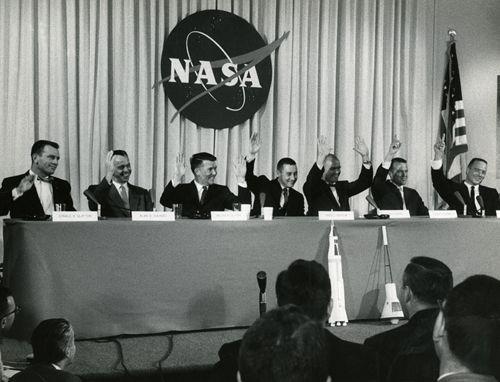
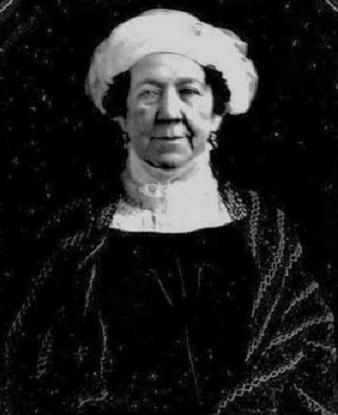
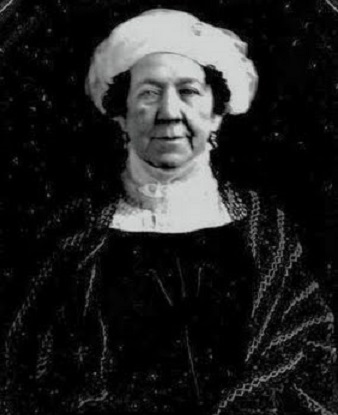
![Cosmos Club, H Street, N.W., at N.E. corner of Lafayette Square with Madison Place at right, Washington, D.C. District of Columbia United States Washington D.C. Washington D.C, None. [Between 1921 and 1922] Photograph. https://www.loc.gov/item/2016824127/ Cosmos Club, H Street, N.W., at N.E. corner of Lafayette Square with Madison Place at right, Washington, D.C. District of Columbia United States Washington D.C. Washington D.C, None. [Between 1921 and 1922] Photograph. https://www.loc.gov/item/2016824127/](/sites/default/files/styles/embed/public/30460v.jpg?itok=ADjwjga2)
![Cosmos Club, H Street, N.W., at N.E. corner of Lafayette Square with Madison Place at right, Washington, D.C. District of Columbia United States Washington D.C. Washington D.C, None. [Between 1921 and 1922] Photograph. https://www.loc.gov/item/2016824127/ Cosmos Club, H Street, N.W., at N.E. corner of Lafayette Square with Madison Place at right, Washington, D.C. District of Columbia United States Washington D.C. Washington D.C, None. [Between 1921 and 1922] Photograph. https://www.loc.gov/item/2016824127/](/sites/default/files/30460v.jpg)
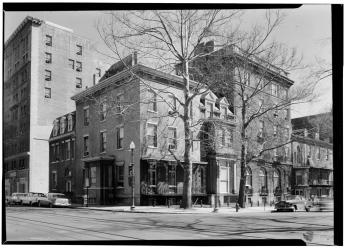
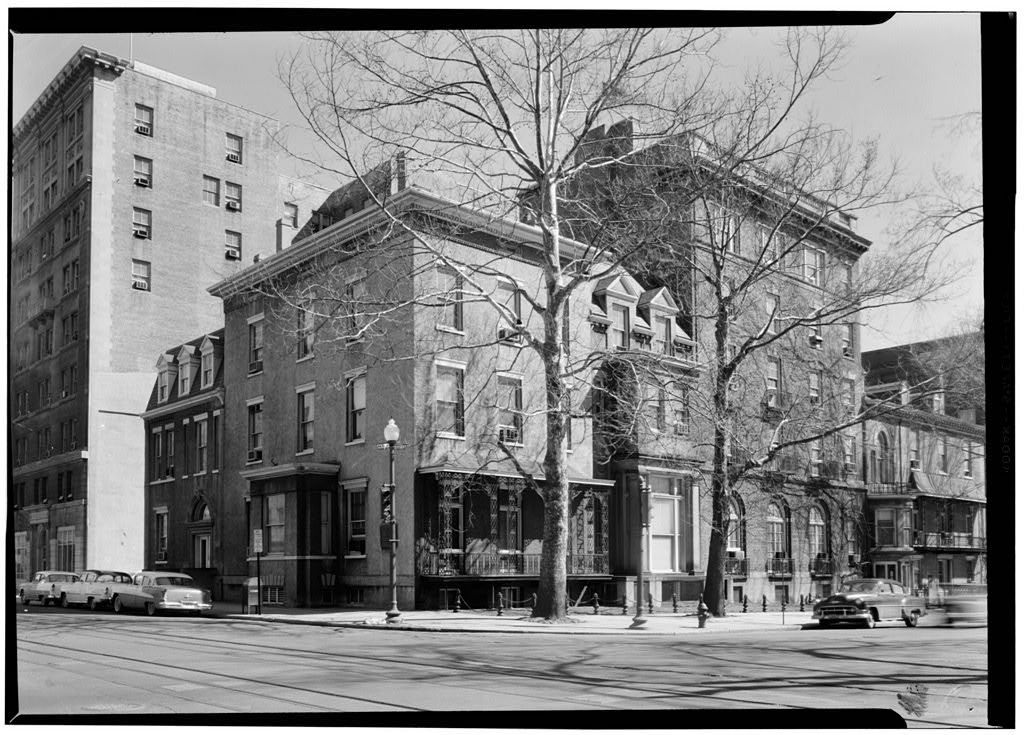
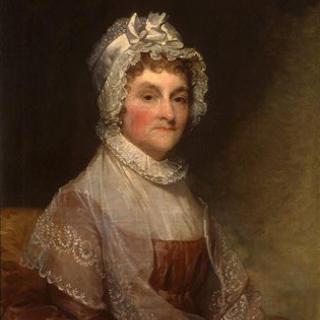
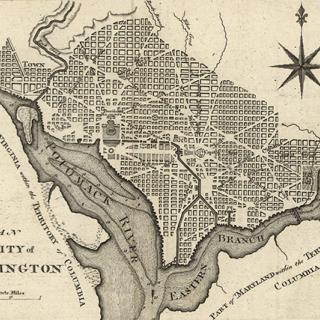
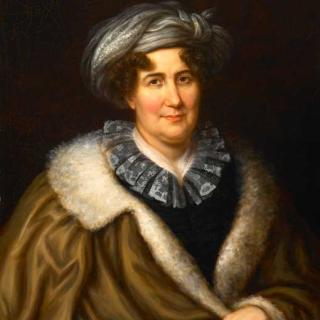
![Sketch of the mythical fuan by Pearson Scott Foresman. [Source: Wikipedia]](/sites/default/files/styles/crop_320x320/public/2023-10/Goatman_Wikipedia_Faun_2_%28PSF%29.png?h=64a074ff&itok=C9Qh-PE1)












